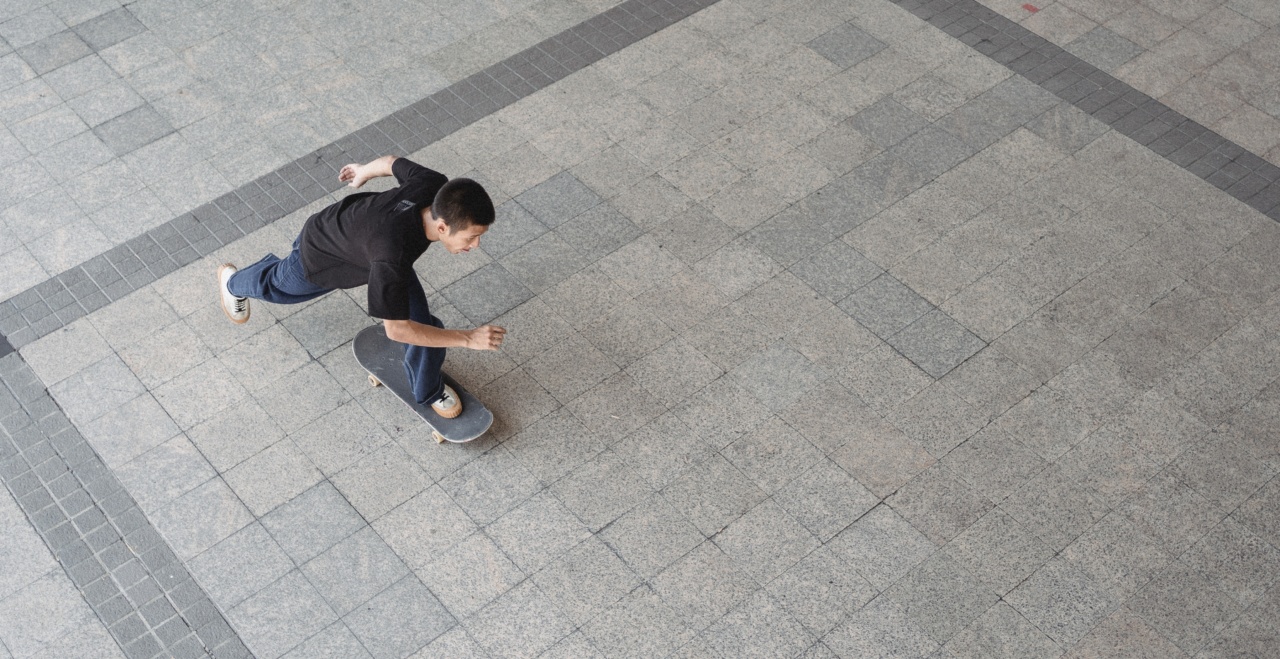Exercise is often touted as a key component of a healthy lifestyle. Whether it’s jogging, swimming, cycling, or playing a recreational sport, staying active has numerous benefits for both physical and mental well-being.
However, there is a group of individuals who engage in what is known as “casual exercise” – sporadic bouts of intense physical activity on the weekends – without realizing the potential dangers this can pose to their bodies. In this article, we will explore the hidden dangers of casual exercise and provide insights into how to mitigate these risks.
The Weekend Warrior Phenomenon
The term “weekend warrior” refers to individuals who lead sedentary lives during the week but engage in intense physical activities during weekends.
These individuals often push themselves to their limits in a short amount of time without properly conditioning their bodies. While it might seem like a great way to compensate for a lack of exercise during the week, the sudden increase in intensity and strain on the body can lead to several hidden dangers.
Increased Risk of Injury
One of the most significant dangers of casual exercise is the increased risk of injury.
When the body is subjected to sudden bursts of intense exercise without sufficient warm-up or conditioning, muscles, tendons, and ligaments are placed under excessive stress. This can lead to sprains, strains, and even tears. Common injuries among weekend warriors include ankle sprains, knee injuries, and back strains.
Cardiovascular Risks
Engaging in intense exercise without gradually increasing duration and intensity can also pose risks to cardiovascular health. Casual exercisers may experience a sudden increase in heart rate and blood pressure, placing strain on the heart.
This can be particularly dangerous for individuals with pre-existing conditions such as high blood pressure or cardiovascular disease. Weekend warriors should be cautious and gradually build up their exercise intensity and duration to protect their heart health.
Overuse Injuries
While casual exercisers often push themselves hard during their limited exercise sessions, the lack of conditioning in between workouts can lead to overuse injuries.
Overuse injuries occur when the same muscles and joints are repeatedly subjected to stress without adequate recovery time. Conditions such as tendonitis, stress fractures, and runner’s knee are common among weekend warriors due to their sporadic but intense exercise habits.
Lack of Consistency
Another hidden danger of casual exercise is the lack of consistency in training. Regular exercise habits help to maintain fitness levels and prevent injuries.
However, when exercise becomes sporadic, the body is not given enough time to adapt and build endurance. This makes it more likely for weekend warriors to experience muscular fatigue and increased risks of injuries compared to those who engage in consistent exercise routines.
Poor Form and Technique
Without regular practice or professional guidance, casual exercisers may develop poor form and technique.
Performing exercises incorrectly, such as using improper lifting techniques or incorrect posture, can lead to musculoskeletal imbalances and increase the risk of injury. Weekend warriors should consider seeking guidance from a qualified fitness professional to ensure they are using proper technique and form during their workouts.
Emotional and Mental Stress
While exercise is often associated with stress relief, intense bursts of physical activity without consistency can cause emotional and mental stress.
The pressure to perform at a high level during limited exercise sessions can lead to feelings of frustration, disappointment, and increased stress levels. Additionally, the lack of regular exercise can also negatively impact mental well-being and overall mood stability.
Preventing and Mitigating the Dangers
Fortunately, there are several strategies that weekend warriors can employ to prevent and mitigate the dangers of casual exercise:.
1. Gradual Progression
Instead of jumping into intense workouts right away, individuals should gradually increase the duration and intensity of their exercise sessions. This allows the body to adapt and build endurance, reducing the risk of injuries.
2. Proper Warm-up and Cool-down
Before engaging in any physical activity, it is essential to warm up the body by performing dynamic stretches and low-intensity exercises.
Similarly, cooling down with static stretches helps the muscles to relax and prevents post-exercise muscle stiffness.
3. Cross-training
Varying the types of exercise can help distribute the stress on different muscle groups and reduce the risk of overuse injuries.
Incorporating activities such as yoga, swimming, or cycling can provide alternative workouts that promote overall fitness and reduce strain on specific body parts.
4. Strength and Conditioning
Include strength and conditioning exercises in the routine to improve muscular strength and endurance. This can help support joints, improve form, and reduce the risk of injuries.
5. Rest and Recovery
Allowing the body sufficient time to rest and recover between intense workouts is crucial. Adequate sleep, hydration, and a nutritious diet also play vital roles in supporting recovery and preventing overuse injuries.
6. Seeking Professional Guidance
Consider working with a certified fitness professional who can provide guidance and tailor an exercise program specific to individual needs and goals.
They can educate on proper technique, recommend appropriate exercises, and ensure safety during workouts.
Conclusion
Casual exercise can be a great way to stay active, but it’s crucial to be aware of the hidden dangers that come with sporadic and intense workouts.
By gradually progressing, prioritizing proper warm-up and cool-down routines, engaging in cross-training, incorporating strength and conditioning exercises, allowing for rest and recovery, and seeking professional guidance, individuals can enjoy the benefits of exercise while minimizing the risks. Remember, consistency and moderation are key to maintaining a healthy and injury-free lifestyle.





























